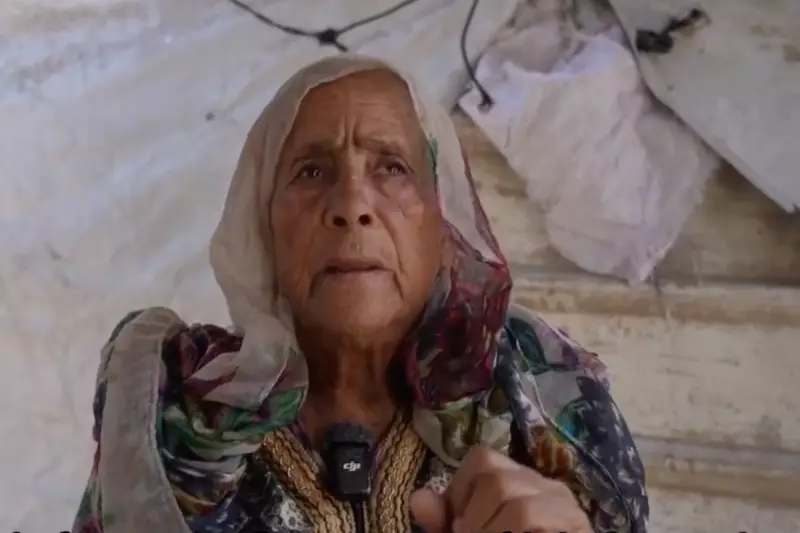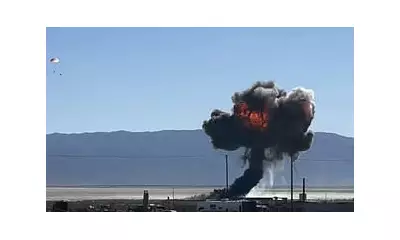
A devastating new report from a leading global authority has declared that famine is now imminent in northern Gaza, painting a harrowing picture of a population starved by months of relentless conflict and a crippling Israeli blockade.
The Integrated Food Security Phase Classification (IPC), the UN-backed body responsible for monitoring famine, has issued its starkest warning. Its analysis confirms that the entire population of Gaza – approximately 2.2 million people – is facing acute food insecurity, with the situation most critical in the north.
A Crisis Manufactured by War
The report attributes the catastrophe directly to the ongoing war and the severe restrictions on humanitarian aid and commercial access imposed by Israel. The once-vital flow of food, water, and medicine has been reduced to a trickle, leaving families desperate and aid agencies powerless to meet the overwhelming need.
"This is a man-made disaster," the report concludes, highlighting that without an immediate ceasefire and a massive influx of humanitarian supplies, mass death from starvation is all but guaranteed.
Soaring Malnutrition and Desperation
The data is chilling. Acute malnutrition rates among young children in northern Gaza have skyrocketed, now exceeding 30%. In some areas, one in every three children under two is acutely malnourished. Parents are reportedly forced to forage for scraps of discarded food or animal feed to keep their children alive.
Hospitals, themselves struggling to operate without fuel or supplies, are seeing a surge in emaciated children and are bracing for a wave of preventable deaths.
International Condemnation and Calls for Action
The IPC's findings have triggered waves of international condemnation. Humanitarian organisations and world leaders are urgently calling on Israel to open all land crossings and allow unfettered access for aid convoys. The current efforts, including airdrops and a fledgling sea corridor, are described as a mere drop in the ocean compared to the scale of the crisis.
The report serves as a final, grim warning. The window to prevent widespread famine is closing rapidly, and the international community is now watching to see if a political solution can be found fast enough to save a population from starvation.





